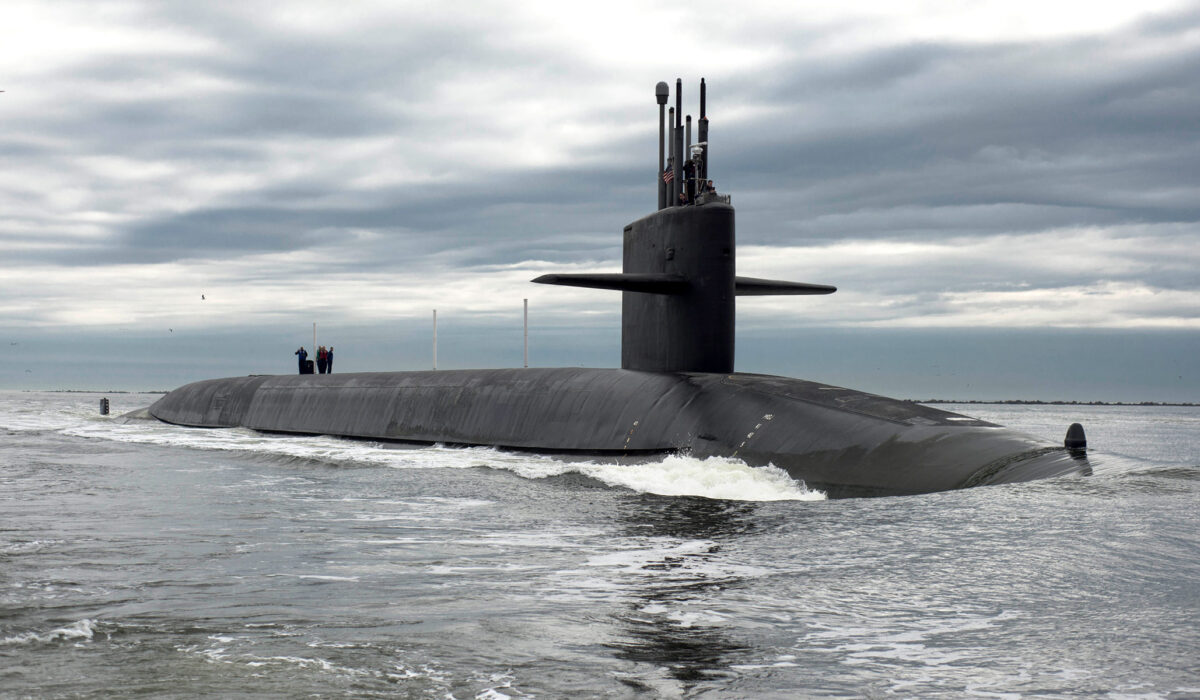Modernizing the U.S. Nuclear Deterrent: Common Sense, Not Panic
America needs a credible nuclear deterrent to keep the peace and protect our freedoms, plain and simple. Upgrading sea-, land-, and air-based forces is not about aggression, it is about preventing war by making sure adversaries know the costs. That practical approach is the backbone of conservative defense policy.
Sea-based forces are the hardest to neutralize, which is why submarines matter so much. A modern ballistic missile submarine fleet gives leaders time and options, and that kind of survivable force keeps hostile regimes from testing our resolve. Investing in that capability is smart stewardship, not reckless spending.
Advancing the deterrent also means improving command, control, and communications to make sure decisions are clear and timely. Reliable systems reduce the risk of miscalculation and keep escalation from spiraling out of control. We should prioritize systems that are robust and simple to operate under stress.
“It would represent an advance for the U.S. nuclear deterrent and a victory of common sense over superstition.” This line captures the choice we face: practical modernization versus sentimental objections that ignore hard realities. Superstition—fear that preparedness somehow causes conflict—has no place in national security planning.
Deterrence works because potential adversaries fear consequences, not because we wish for confrontation. Strength that is visible and credible makes talks more productive and lowers the chance of coercion. That is why maintaining the triad is an argument of logic, not ideology.
There are fiscal questions, and conservatives should insist on accountability and efficiency in every program. Cost overruns and mismanagement undermine public trust and make legitimate modernization efforts vulnerable to partisan cuts. Demand tight oversight and clear milestones so taxpayers get real value.
Modern nuclear forces also protect our allies, which strengthens global stability and reduces the need for U.S. boots on the ground. When partners believe American deterrence is reliable, the chance of regional arms races and local wars drops. That kind of burden-sharing is in America’s interest and should be encouraged.
Technology advances—better sensors, more precise navigation, and hardened communications—should be integrated where they improve survivability and decision quality. But upgrades must be practical, not speculative. Focus on fieldable improvements that commanders can use today and tomorrow.
Opponents may frame this as a moral choice between peace and preparation, but that is a false dilemma. Choosing to modernize is a moral act when it prevents wars that would cost millions of lives. We owe it to our citizens and allies to keep deterrence credible.
Congress has a role to play by setting clear requirements and resisting gimmicks that delay delivery. Leadership means making hard choices, defending necessary investments, and insisting on realistic timelines. That balance keeps our military effective and fiscally responsible.
In short, updating America’s deterrent is about common sense: protect the nation, reassure friends, deter foes, and manage dollars wisely. This is a conservative case for strength and prudence, not bravado. The goal is peace through preparedness, grounded in reality rather than fear.

